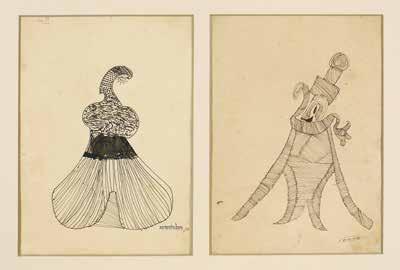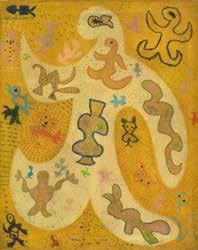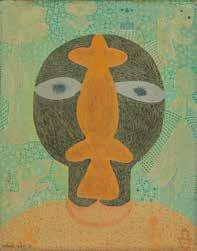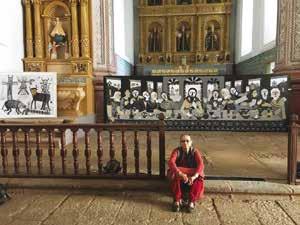Madhvi Parekh
Madhvi Parekh
Madhvi Parekh
|
b - 1942 Madhvi Parekh |





‘Her early oil paintings remind one of children and adults as they move fearlessly in the jungle. They are not scared of the animals because the animals too move around like human beings’
BHUPEN KHAKHAR
artist timeline
artworks
dag exhibitions
|
‘The Printed Picture: Four Centuries of Indian Printmaking’ |
|
DAG, New Delhi, 2012; Mumbai, 2016; alternate locations in Kolkata, 2013; Jaipur, 2017; Chandigarh, 2018 |
|
‘Manifestations VII, 20th Century Indian Art’ |
|
DAG, New Delhi, 2012 |
|
‘Indian Divine: Gods & Goddesses in 19th and 20th Century Modern Art’ |
|
DAG, New Delhi and Mumbai, 2014 |
|
‘Madhvi Parekh: The Curious Seeker’ |
|
DAG, New Delhi, 2017; Mumbai, 2018; New York, 2019 |
|
‘Primitivism and Modern Indian Art’ |
|
DAG, Mumbai, 2019; New York, 2020; New Delhi, 2021-22 |
|
‘Navrasa: The Nine Emotions of Art’ |
|
DAG, New Delhi and Mumbai, 2020-21 |
|
‘The Sixties Show’ |
|
DAG, Mumbai, 2020 |
|
‘Ways of Seeing: Women Artists | Women as Muse' |
|
DAG, New Delhi, 2021 |
|
‘Indian Blue: From Realism to Abstraction’ |
|
DAG, New Delhi, 2021 |
|
‘Iconic Masterpieces of Indian Modern Art’ |
|
DAG, Mumbai, 2021 |
notable collections
|
National Gallery of Modern Art, New Delhi |
|
Kiran Nadar Museum of Art, New Delhi |
|
Jehangir Nicholson Art Foundation, Mumbai |
|
Roopankar Museum of Fine Arts, Bharat Bhavan, Bhopal |
|
Punjab University Museum, Chandigarh |
|
Air India, Mumbai |
|
Rade Museum, Hamburg |
|
Bayreuth Museum, Bayreuth |


























